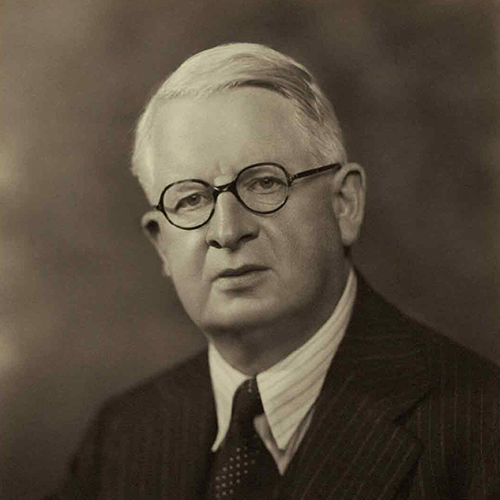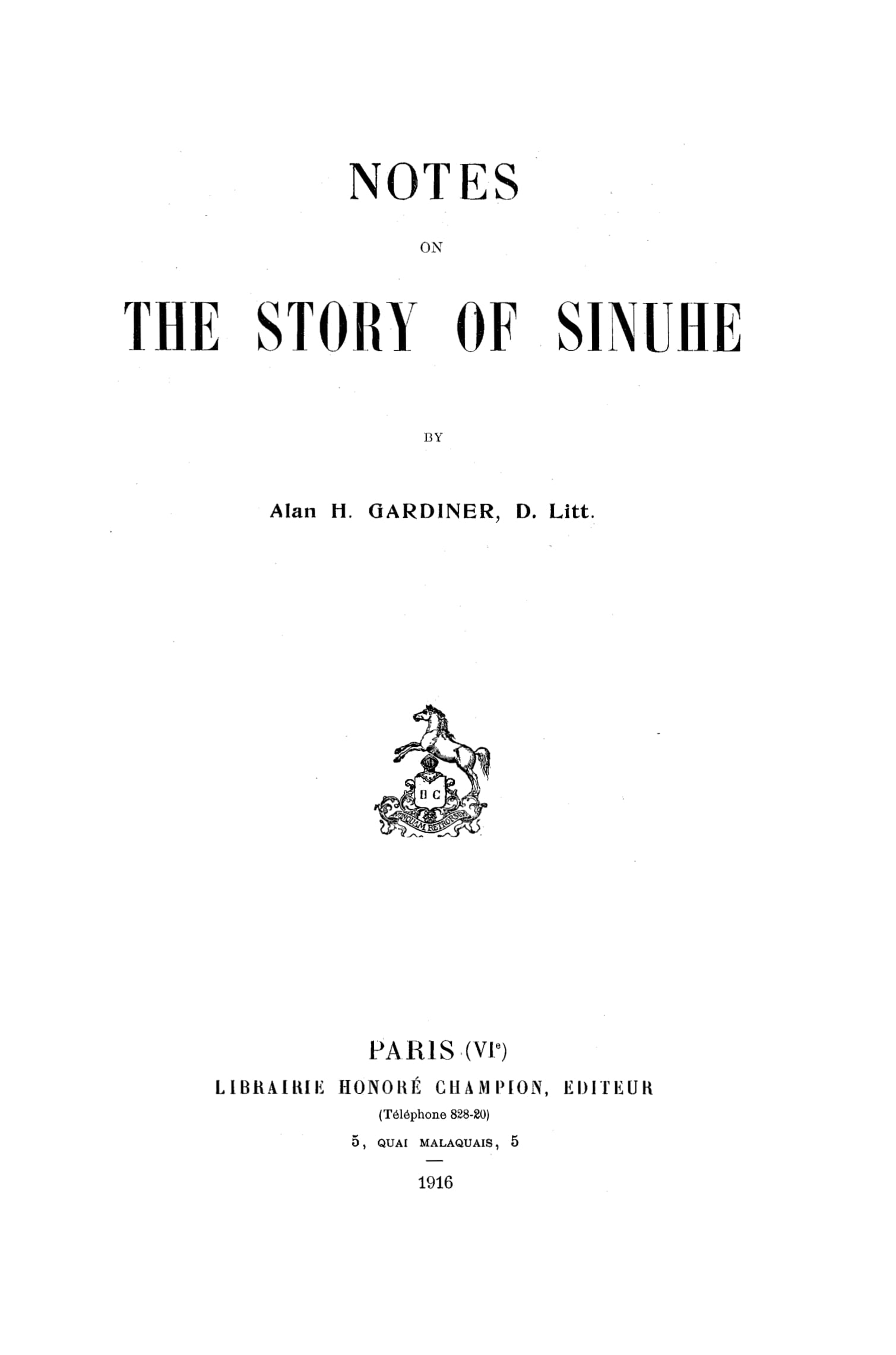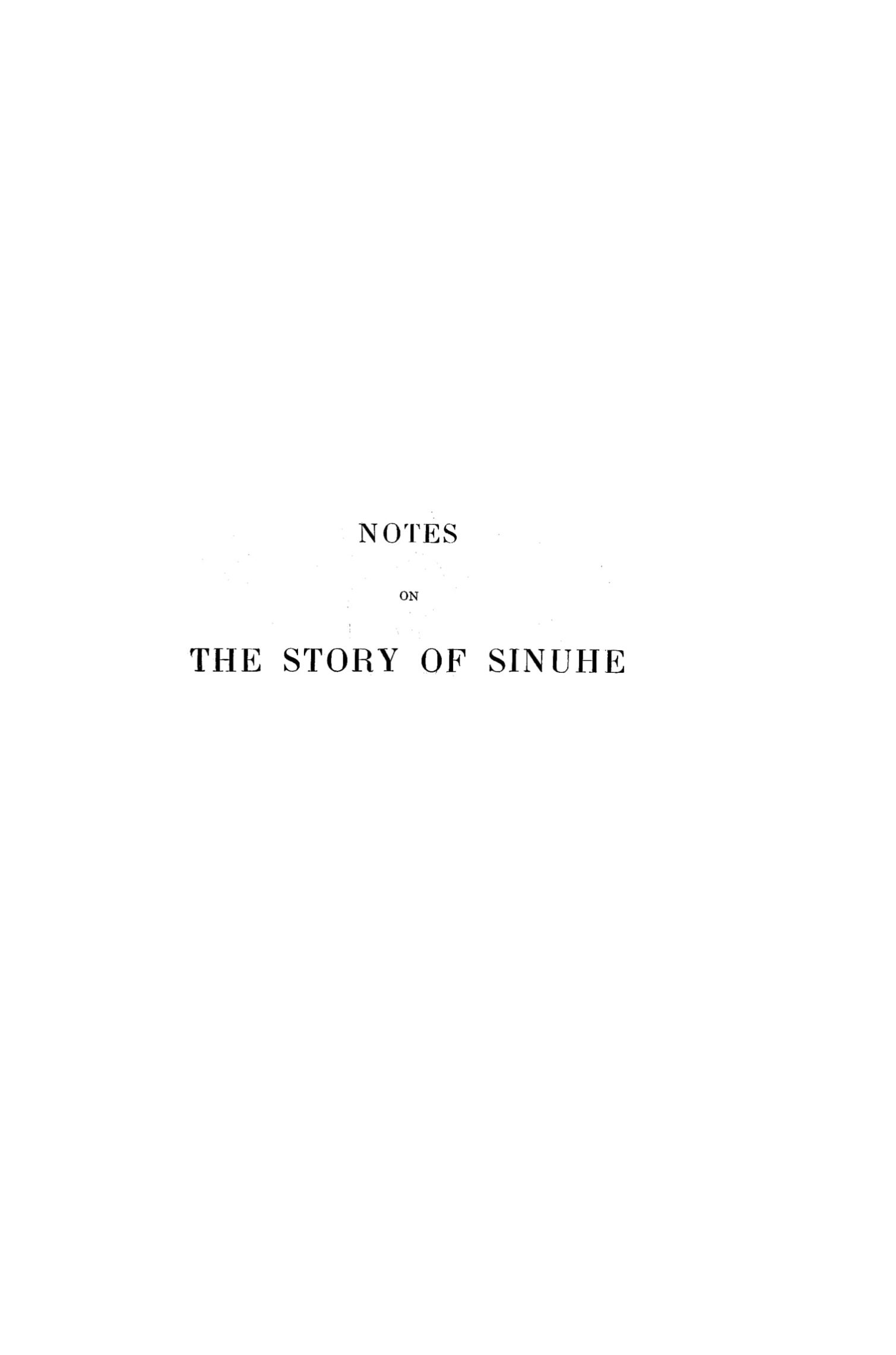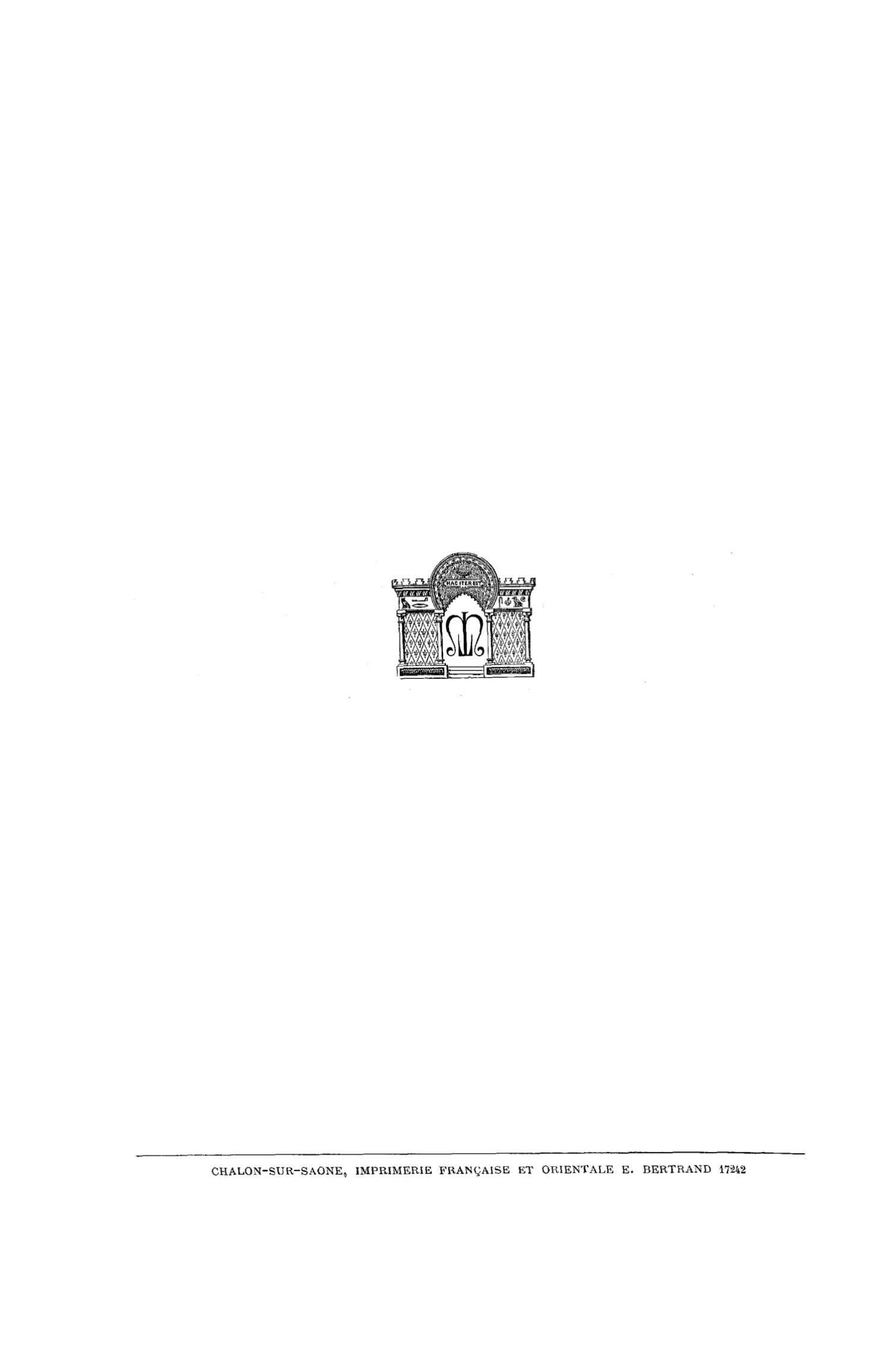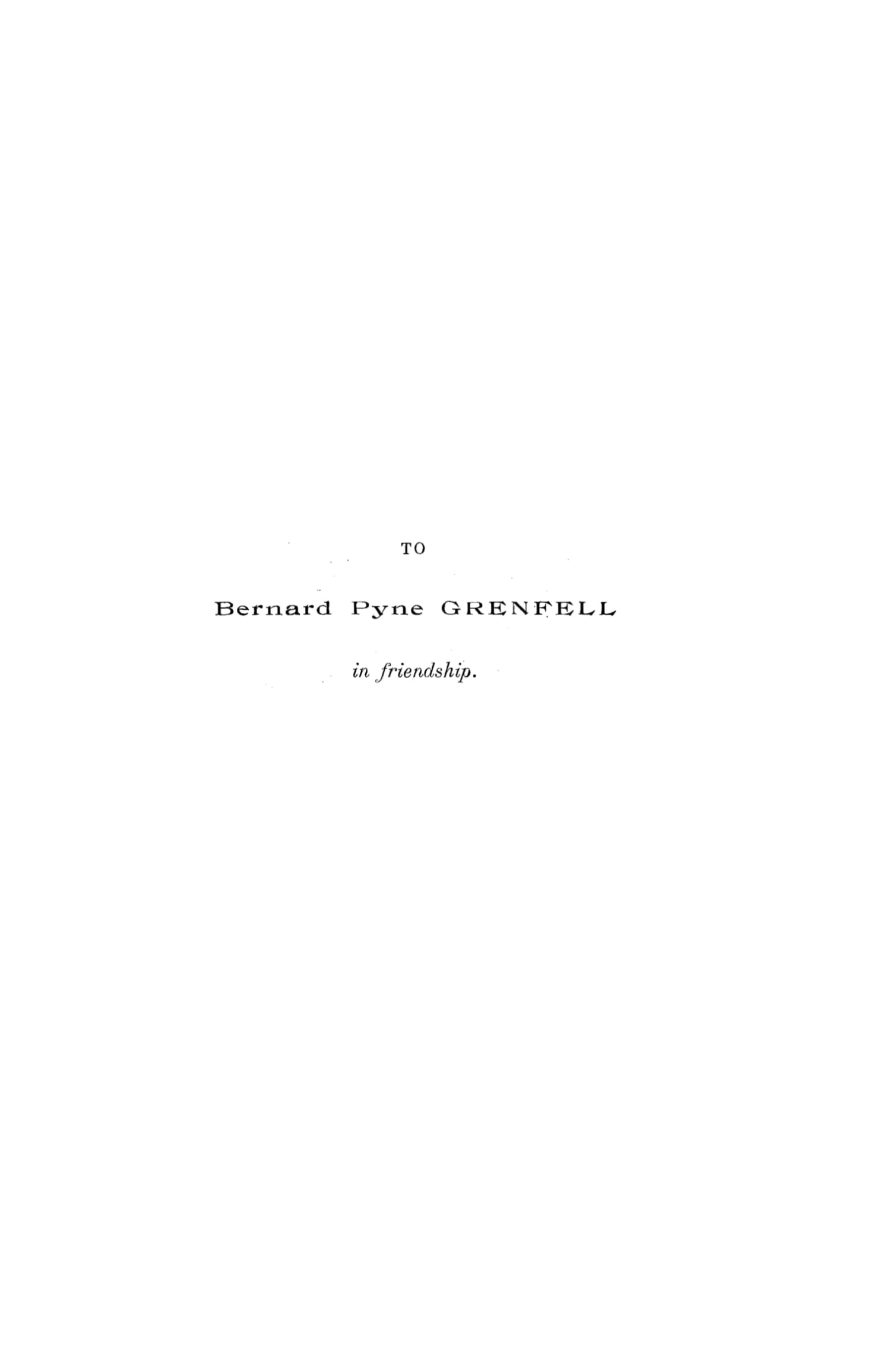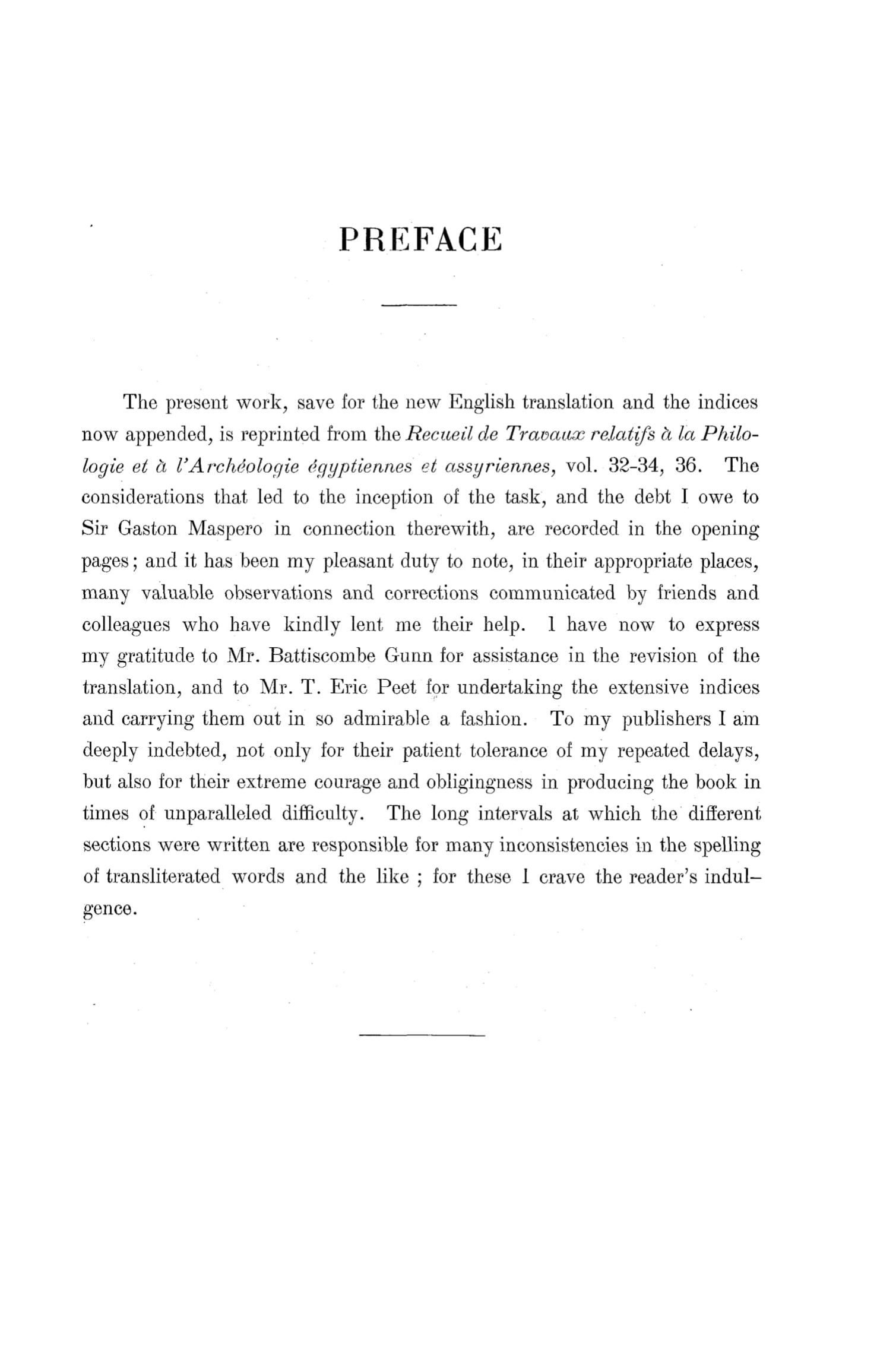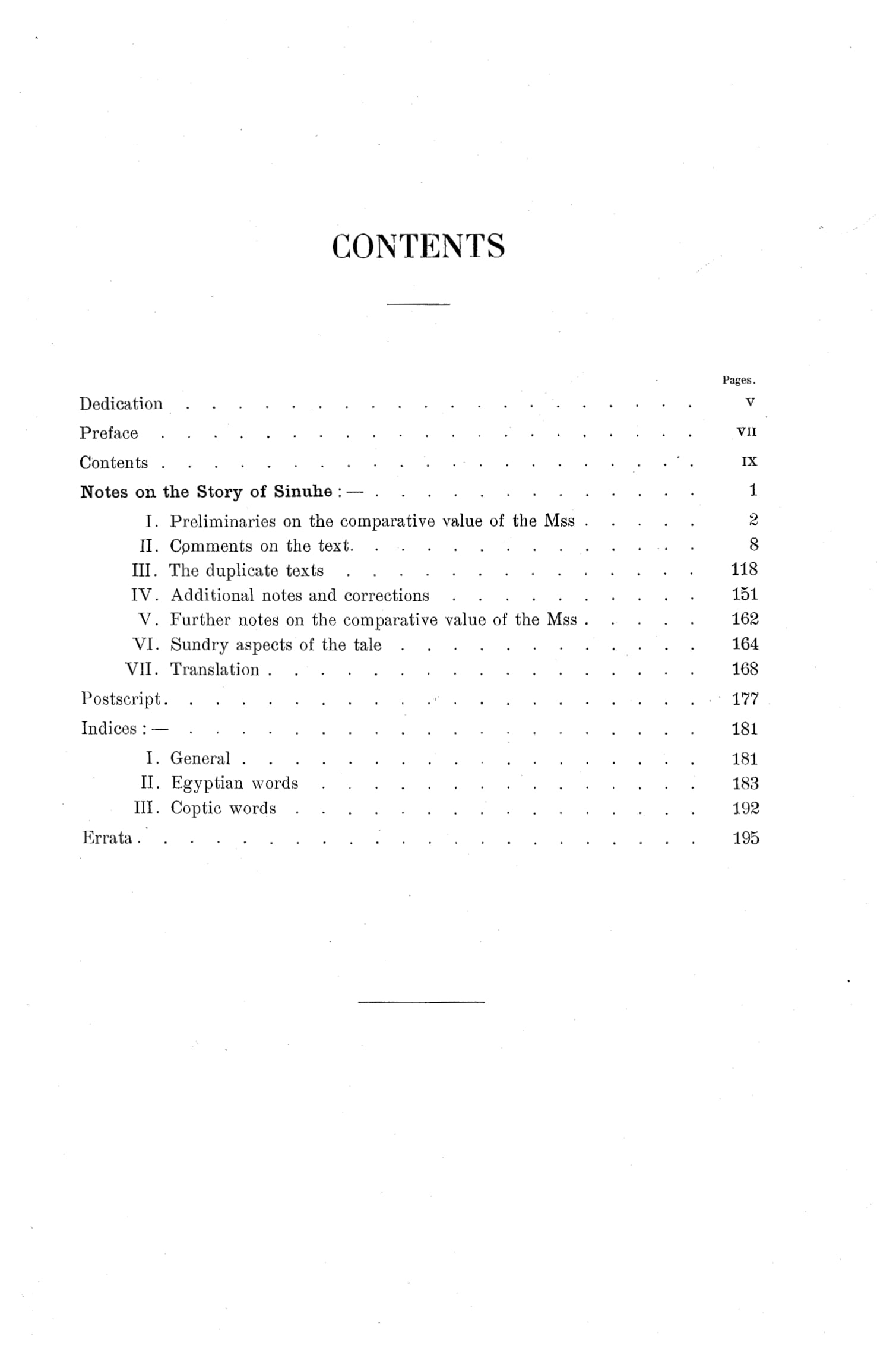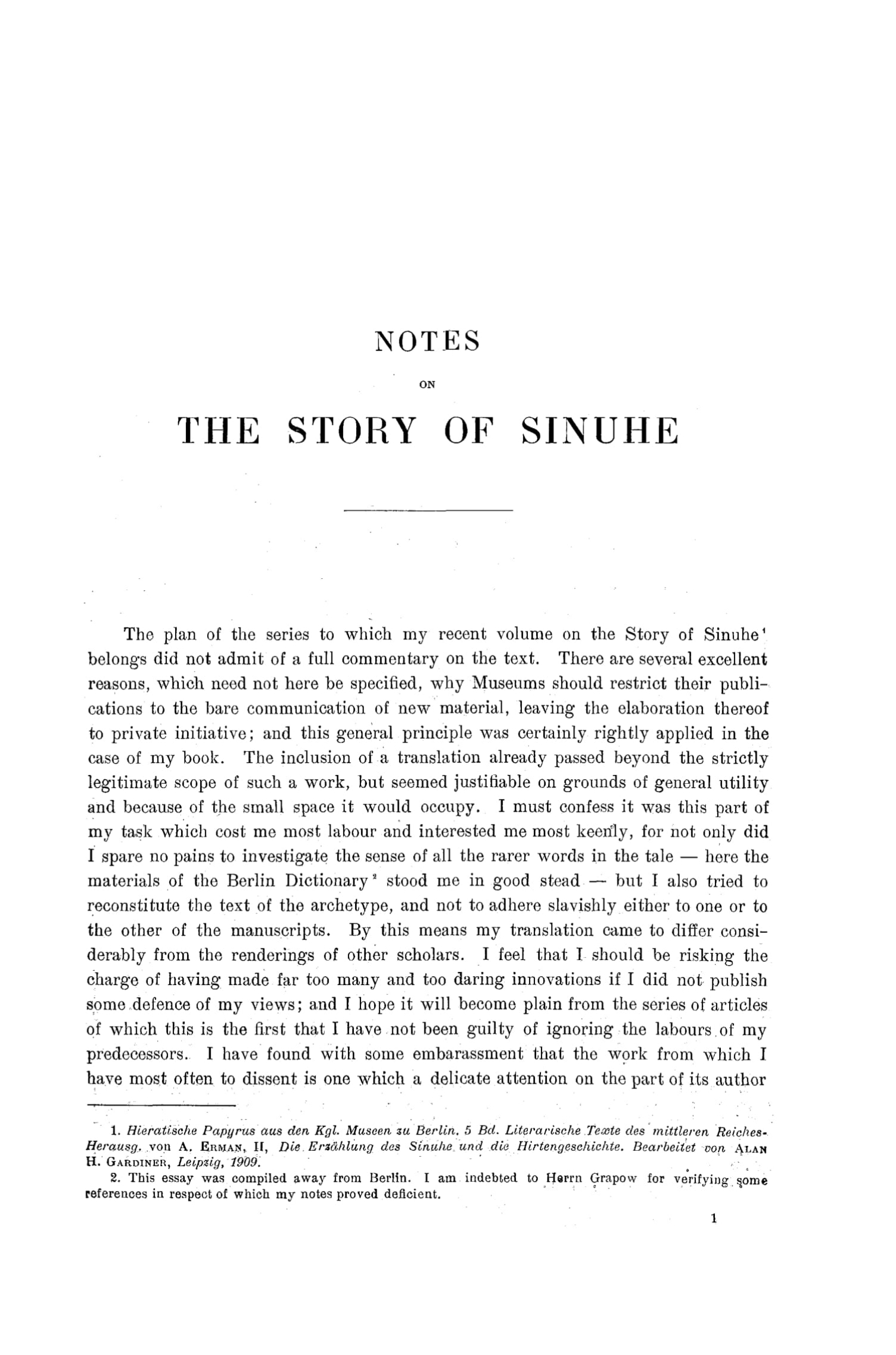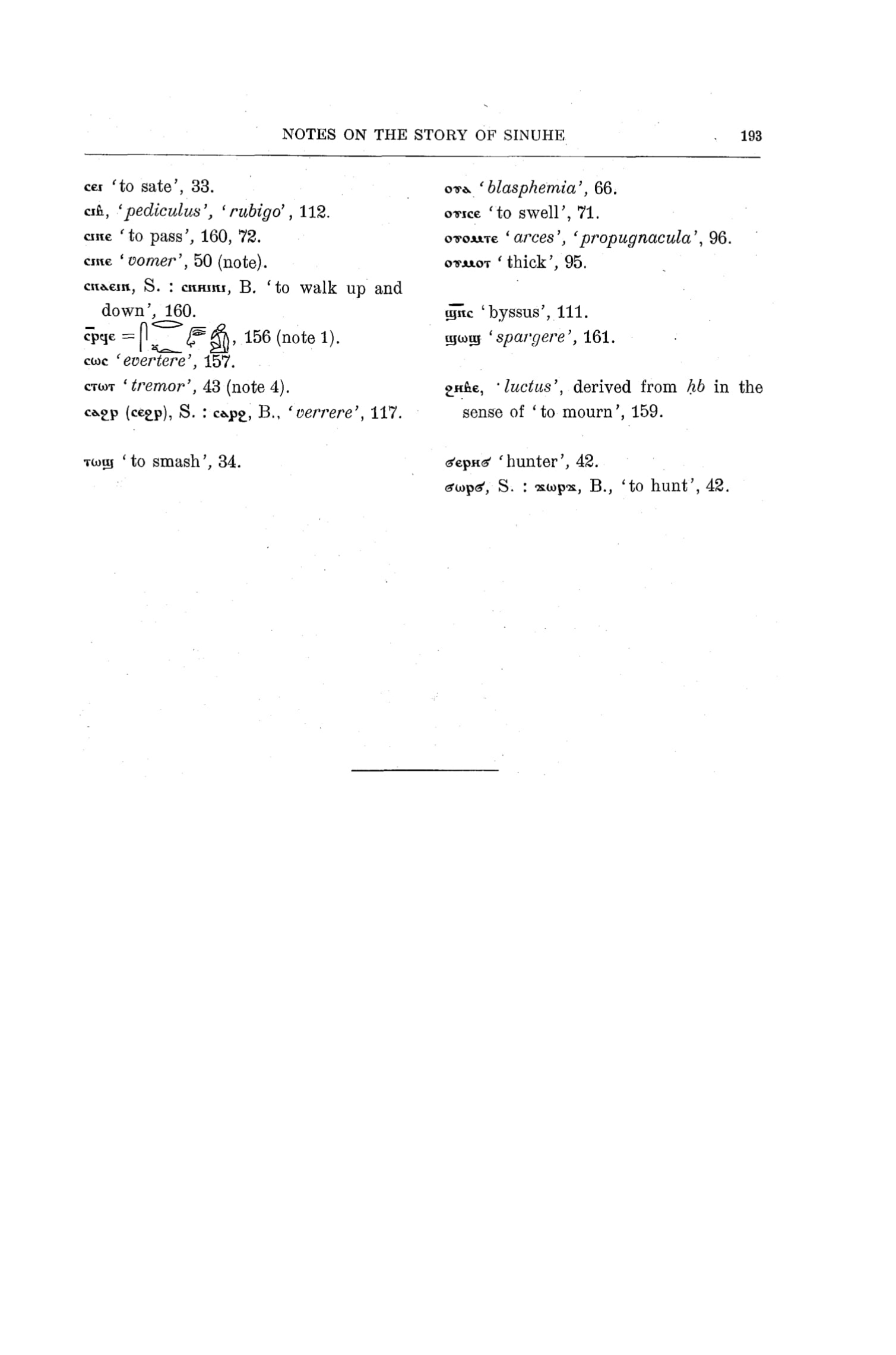About
Access
Read for free
External sources
Primary
Myth

Sinuhe departs Egypt following the death of his sovereign, Pharaoh Amenemhat I. After almost passing away due to thirst in the desert, Sinuhe is rescued by Asiatics. He befriends a prince in Upper Retjenu named Amunenshi. After winning a combat duel with the Strongman of Retjenu, Sinuhe gains glory, riches, and builds a family. Following several communications with the new sovereign of Egypt, Senwosret I, Sinuhe returns home to be buried in old age.
Belief system
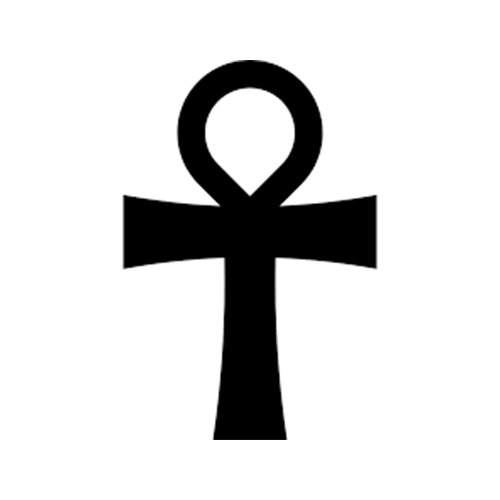
The religion of ancient Egypt represents a cultural identity that lasted from ca. 3500 BCE to 300 CE, and included hundreds of myths, deities, and customs.
Deity

Hathor (transliterated Archaic Egyptian: ḥwt-ḥr) was an Egyptian deity who may have been attested since 3100 BCE. Her roles and depictions have changed over Egyptian history.
Myths cited
It looks like only the main myth was referenced in this work.
Belief systems cited
It looks like only the main belief system was referenced in this work.
Artifacts cited
Other works
Book appendix · 1957
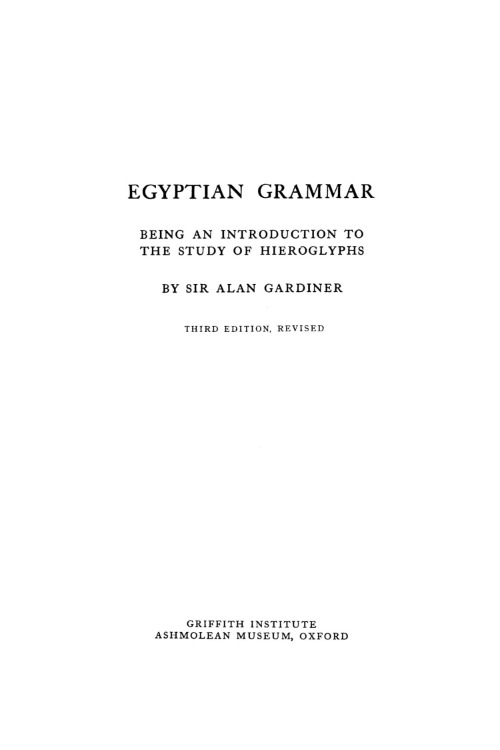
Gardiner's sign-list contains a comprehensive and time-honored inventory of symbols found in Egyptian hieroglyphs. It is invaluable for any student of Egyptology.
Book · 1957
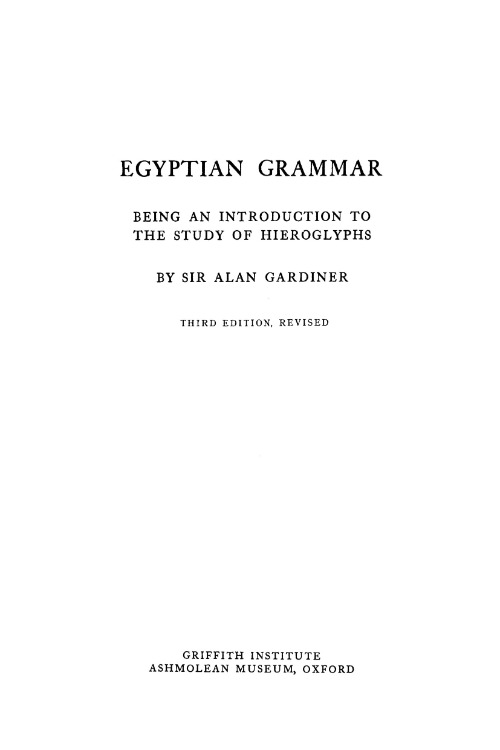
Gardiner's Egyptian Grammar, though outdated, is still relevant and useful for students of the Egyptian language. (For example, the book does not mention the second tense.). In particular, his list of signs in the appendix is still widely used as of September, 2022. The entire grammar contains thirty-three lessons, each with a different number of sections. Gardiner is considered one of the best Egyptologists of all time.
Book · 1938
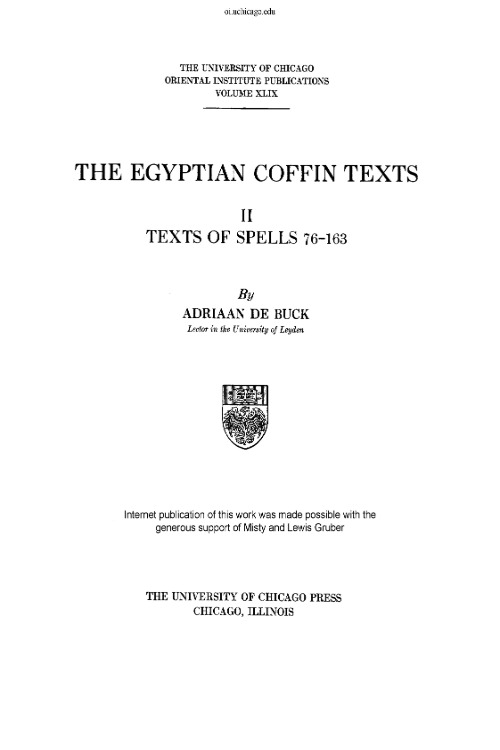
OIP publication no. 49 includes spells 76-163 of the Egyptian Coffin Texts.
Contributor
Cite this work
ChicagoGardiner, Alan H. Notes on the Story of Sinuhe. Paris, France: Librairie Honoré Champion, 1916.



